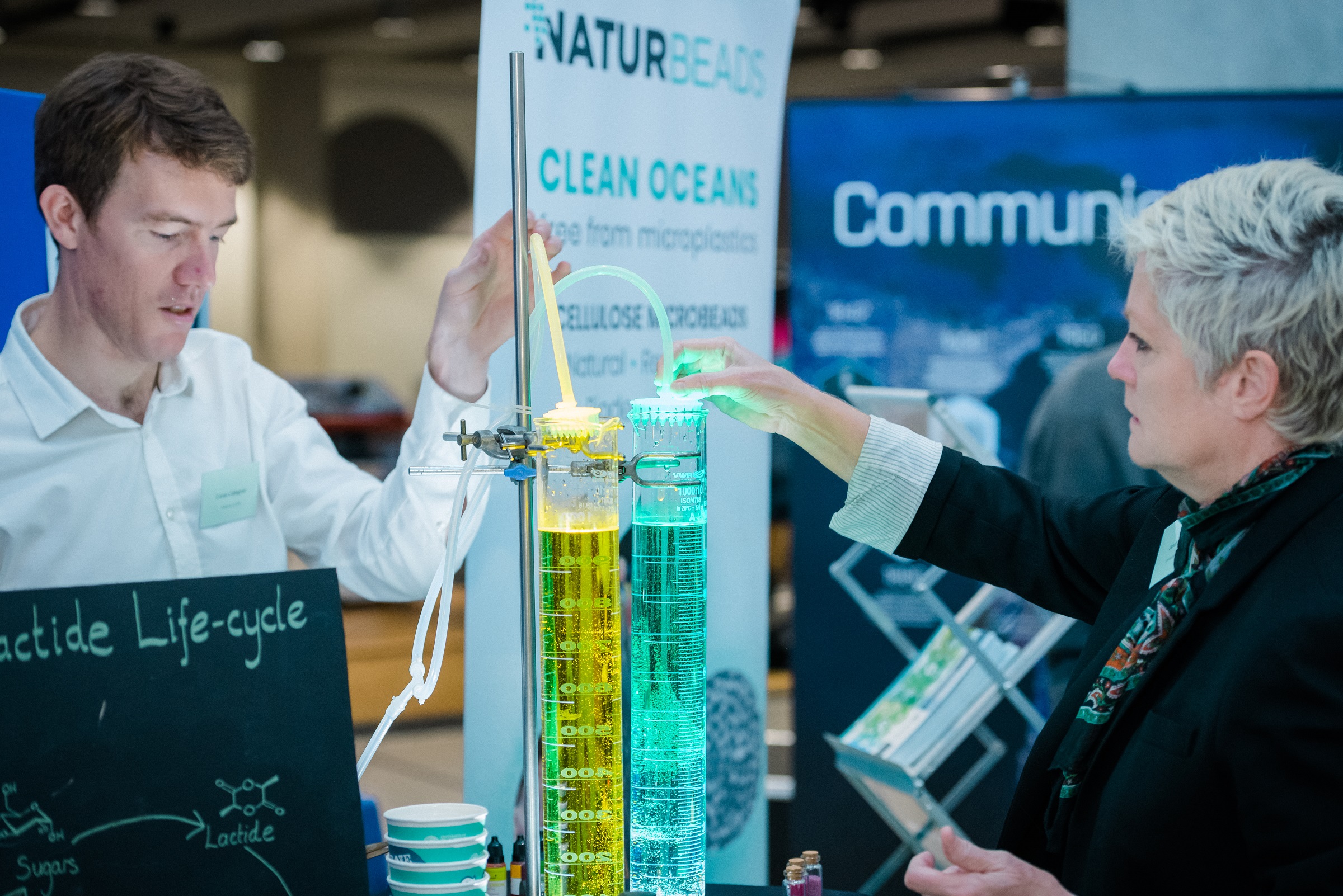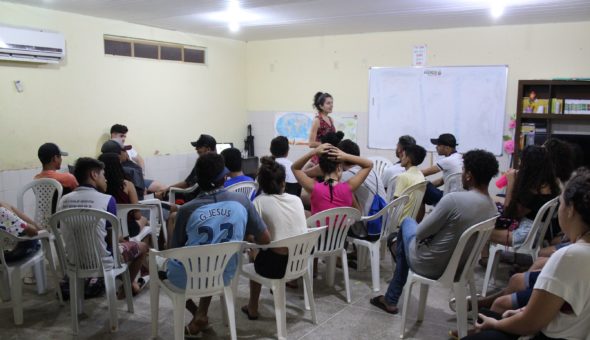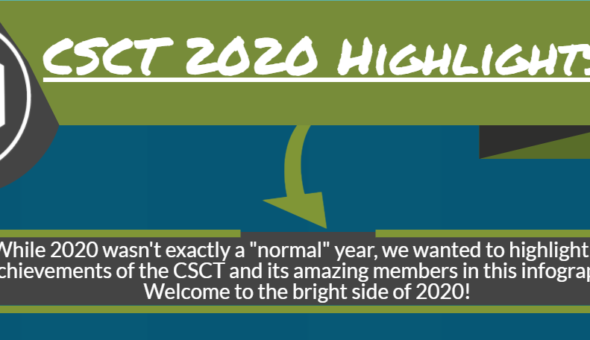Ciarán Callaghan is a first-year PhD student at the CSCT, who works alongside Naturbeads, his industrial partner, improving the commercial viability of biodegradable cellulose microbeads by developing a method for producing cellulose microbeads at previously unreachable size ranges.
In December 2019, Ciarán was invited to attend the EPSRC Physical Science Impact Showcase event along with Professors Matthew Davidson and Janet Scott, to demonstrate how the CSCT puts itself at the junction of science and sustainability.
The CSCT has had some high-profile scientific successes over the past few years – so it was a surprise to no-one when we were among a number of institutions invited to display their wares at the EPSRC Physical Sciences Impact Showcase.
Professor Matthew Davidson, Professor Janet Scott and myself set off to the Institute of Physics, London, to showcase the science behind the production of sustainable cellulose microbeads, the circular nature of the PLA cycle and how the CSCT is realising true sustainable enterprises through new spin-offs such as Naturbeads.
The day itself was a fantastic gathering of British institutions, policymakers, industry experts and senior leaders of the UKRI. The exhibitors present embodied some of 2019s biggest headline-generating findings: Quantum Computing? Check. Tuneable lasers? Check. Landmine detecting bees? Naturally – check! Standing among all of these, with a caravan of equipment to rival Marco Polo himself, stood the CSCT. Key to the display was demonstrating some of our recent successes in turning great ideas into independent commercial entities. Obviously, this was a great way to demonstrate how PhD researchers and business-minded academics at Bath can use the Sustainable Technologies Business Acceleration Hub (STBAH), the CSCT-associated business accelerator, to bring in-lab ideas to the outside world. A natural lead-on from STBAH is, of course, Naturbeads – a spin-off from the University of Bath whose lineage originates straight from fundamental materials science undertaken on a CSCT-led project. The recent investment by Sky Ocean Ventures in the company only served to highlight the purpose and abilities of STBAH as a business-generating platform.
Competing with landmine-detecting bees and lasers, I had to catch eyes – but making cellulose beads is my raison d’être, after all, and I’m involved. So, with a full suite of LED lamps, polished graduated cylinders, food dye and a lot of needles, we put together the most benchtop chemistry the Institute of Physics had seen in a long time. With cellulose dissolved in ionic liquids – a more recent discovery in the field of cellulose research – yours truly set up a mobile cellulose-microbead production station using two comically large graduated cylinders filled with dyed water, a syringe pump and a set of needles dripping cellulose solution into the water, demonstrating the cellulose regeneration as the droplets of solution hit the water and began their phase inversion.
The day included a number of speakers, including senior UKRI leaders Professor Lynn Gladden, Dr Andrew Bourne and Dr Claire Graves, who used the opportunity to highlight the direction that the UKRI has taken along with the future of funding, collaboration and how the UK can position itself in the future. The panel talk, coupled with the question and answer session, generated some engagement and some great issues were picked apart and chewed on. Great points were made, with highlights including the key factors in improving growth across the UK – one of these being the underlying fundamental science behind each new ‘big idea’. While bringing ideas from bench to shelf is something that is held in high regards, there was an overall agreement that value is truly added when science is improved upon at the fundamental level. As a take-home message for myself, it did put into perspective the work that we do every day.
Meeting other researchers from a wide variety of backgrounds was eye-opening. Among them were some who have excelled in emerging fields of quantum computing and others who excelled in emerging from fields (back to the landmine detecting bees again, sorry). The biggest gain for me personally was meeting the EPSRC/UKRI staff, who were happy to take the time to outline how funding works in the UK; explaining how grants are judged, how research portfolios are managed and how research sectors are budgeted for. For someone who may one day help to write a grant proposal, this was an enlightening aspect that helps make sense of the ‘black box’ that is the grant approval/rejection system. I would encourage anyone to take the opportunity to exhibit at these showcase events – I definitely came back with more than I brought!
Respond




